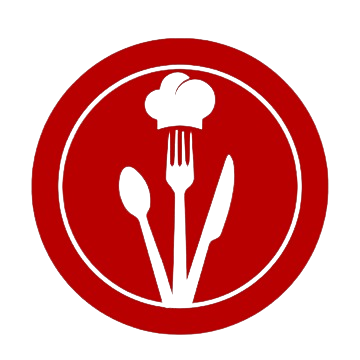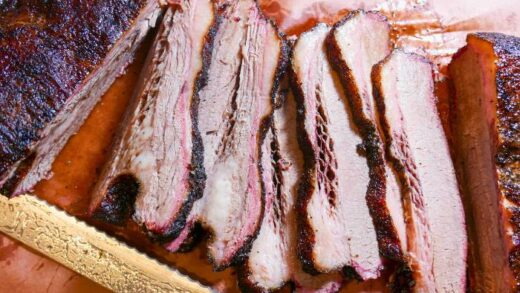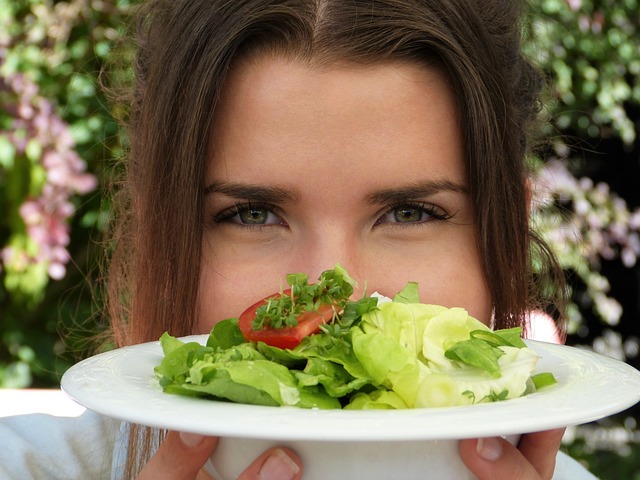When it comes to cooking ribs, cleaning them properly is a crucial step to ensure a delicious and safe meal. Cleaning ribs involves removing excess fat, washing them thoroughly, and removing the membrane on the back of the ribs. In this article, I will share my tips and tricks on how to clean ribs to prepare them for cooking.
Before cleaning the ribs, it’s important to gather all the necessary supplies. You will need a sharp knife and a cutting board for trimming excess fat, as well as safe and effective cleaning solutions. There are several different methods for cleaning ribs, including boiling, scrubbing, and soaking. Each method has its own benefits and drawbacks, so it’s important to choose the method that works best for your needs.
Once you have your supplies ready, it’s time to start preparing the ribs for cleaning. This involves removing the packaging, inspecting the ribs, and trimming excess fat. After that, you can move on to the cleaning process, which involves washing the ribs thoroughly and removing the membrane on the back of the ribs. With these steps completed, your ribs are now ready for cooking.
Key Takeaways
- Preparing the ribs for cleaning involves removing the packaging, inspecting the ribs, and trimming excess fat.
- The cleaning process involves washing the ribs thoroughly and removing the membrane on the back of the ribs.
- Choosing the right cleaning method and supplies is crucial to ensure safe and effective cleaning process.
Preparing the Ribs
When it comes to preparing ribs, it’s important to start with the best quality meat possible. I prefer to use pork ribs, specifically baby back ribs, as they are more tender and have a sweeter flavor than other types of ribs.
Selecting the Ribs

When selecting ribs, look for meat that is pink in color and has a good amount of marbling. Avoid ribs that are discolored or have a foul odor, as this could be a sign of spoilage. It’s also important to check the expiration date and purchase the ribs within a day or two of the sell-by date.
Trimming the Ribs
Before cleaning the ribs, it’s important to trim any excess fat from the meat. This will help to prevent flare-ups when cooking and will also make the ribs easier to handle. Use a sharp knife to carefully trim away any excess fat, being careful not to remove too much meat in the process.
Removing the Membrane

One of the most important steps in preparing ribs is removing the membrane from the back of the rack. This tough, fibrous layer can prevent seasonings and smoke from penetrating the meat, resulting in less flavorful ribs. To remove the membrane, use a sharp knife to loosen one corner of the membrane, then use your fingers to grip the edge and pull it off in one piece. If you’re having trouble getting a good grip, you can use a paper towel to help you get a better grip on the membrane.
By following these simple steps, you can prepare your ribs for cleaning and cooking, resulting in tender, flavorful meat that’s sure to impress.
Cleaning Process
Cleaning ribs is an essential step in preparing them for cooking. A clean rib ensures that the meat is free from unwanted substances that may have come into contact with it during processing and packaging. In this section, I will outline the three main steps involved in the cleaning process.
Rinsing the Ribs

The first step in cleaning ribs is to rinse them thoroughly under cold running water. This helps to remove any dirt, debris, or bone fragments that may be present on the surface of the meat. It is important to rinse the ribs for at least 30 seconds to ensure that all the unwanted substances are washed away.
Patting Dry
After rinsing the ribs, the next step is to pat them dry with paper towels. This helps to remove any excess moisture from the surface of the meat, which can interfere with the application of the rub. It is important to ensure that the ribs are completely dry before moving on to the next step.
Applying the Rub

The final step in cleaning ribs is to apply the rub. A rub is a mixture of herbs and spices that is used to add flavor to the meat. Before applying the rub, it is important to ensure that the ribs are completely dry. This will help the rub to stick to the surface of the meat. Apply the rub generously to both sides of the ribs, making sure to massage it into the meat.
In conclusion, cleaning ribs is an important step in preparing them for cooking. By following these three simple steps, you can ensure that your ribs are clean and ready to be seasoned and cooked to perfection.
Cooking Considerations
When it comes to cooking ribs, there are a few things to keep in mind to ensure that you end up with a delicious and safe meal.
Temperature
One of the most important considerations when cooking ribs is temperature. It’s important to cook your ribs to a safe internal temperature to prevent the risk of foodborne illness. The USDA recommends cooking pork to an internal temperature of 145°F (63°C) with a three-minute rest time. However, some people prefer their ribs to be cooked to a higher temperature for a longer period of time to achieve a more tender result.
Seasoning
Another important consideration when cooking ribs is seasoning. Whether you prefer dry rubs or marinades, seasoning your ribs can help enhance their flavor and make them more enjoyable to eat. Some popular seasonings for ribs include garlic, paprika, cumin, and brown sugar.
Cooking Methods
There are several different methods for cooking ribs, including grilling, smoking, baking, and broiling. Each method has its own benefits and drawbacks, so it’s important to choose the method that works best for your needs. For example, grilling can give your ribs a nice charred flavor, while smoking can give them a smoky and tender texture.
Resting

Finally, it’s important to let your ribs rest for a few minutes before serving. This allows the juices to redistribute throughout the meat, resulting in a more flavorful and tender final product. Aim to let your ribs rest for at least 5-10 minutes before cutting into them.
Post-Cooking Care
After cooking the ribs, it is important to take care of them properly to ensure that they remain delicious and safe to eat. Here are some tips on how to care for your ribs after cooking.
Resting the Ribs
Resting the ribs after cooking is an important step that allows the juices to redistribute throughout the meat. This helps to ensure that the ribs are moist and tender. To rest the ribs, remove them from the heat source and place them on a cutting board or platter. Cover them loosely with foil and let them rest for 10-15 minutes before slicing and serving.
Storing Leftovers

If you have any leftover ribs, it is important to store them properly to ensure that they remain safe to eat. First, let the ribs cool to room temperature. Then, wrap them tightly in plastic wrap or aluminum foil and store them in the refrigerator for up to 3 days. Alternatively, you can freeze the ribs for up to 3 months. To freeze the ribs, wrap them tightly in plastic wrap and then in aluminum foil. Label the package with the date and contents, and store it in the freezer.
When reheating leftover ribs, it is important to do so properly to ensure that they are safe to eat. To reheat the ribs, place them in a baking dish and cover them with foil. Heat them in a preheated oven at 350°F for 10-15 minutes, or until heated through. Alternatively, you can reheat the ribs on a grill or in a smoker. Just be sure to heat them to an internal temperature of 165°F before serving.
By following these simple tips, you can ensure that your ribs remain delicious and safe to eat even after they have been cooked.
Frequently Asked Questions
What is the best method to remove the membrane from pork ribs?
The best method to remove the membrane from pork ribs is to use a paper towel to grip the edge of the membrane and pull it off in one piece. If the membrane is not coming off easily, use a sharp knife to loosen the edge of the membrane and then grip it with the paper towel.
Is it necessary to wash ribs before marinating them?
It is not necessary to wash ribs before marinating them. However, it is recommended to inspect the ribs for any debris or unwanted particles and to pat them dry with a paper towel before marinating them.
Can vinegar be used in the cleaning process of ribs, and if so, how?
Yes, vinegar can be used in the cleaning process of ribs. Simply mix equal parts of vinegar and water in a spray bottle and spray the mixture on the ribs. Let the mixture sit for a few minutes before rinsing it off with water.
How do you properly clean a rib rack for the oven or smoking?
To properly clean a rib rack for the oven or smoking, remove any excess debris or food particles with a soft-bristled brush or sponge. Then, wash the rib rack with warm soapy water and rinse it thoroughly with water. Let the rib rack air dry before using it again.
Should spare ribs be cleaned differently than other types of ribs?
No, spare ribs should not be cleaned differently than other types of ribs. The cleaning process is the same for all types of ribs. However, it is important to remove the membrane from the back of the ribs to ensure that the seasoning and marinade penetrate the meat evenly.
#Clean #Ribs #StepbyStep #Guide




